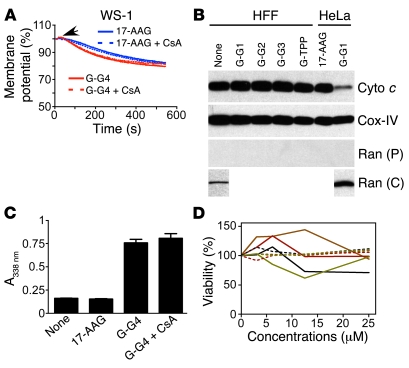Figure 6. Selectivity of Gamitrinib anticancer activity.
(A) Mitochondrial membrane potential. TMRM-loaded mitochondria isolated from WS-1 normal human fibroblasts were incubated with Gamitrinib-G4 or 17-AAG plus the uncoupled mitochondriotropic moiety TG-OH and analyzed for changes in inner membrane potential in the presence or absence of CsA. (B) Cytochrome c release. Mitochondria isolated from normal HFF fibroblasts were treated with Gamitrinibs or 17-AAG and analyzed by Western blotting. HeLa cells were used as control. Cox-IV or Ran was used as a mitochondrial or cytosolic marker, respectively. Reactivity of the antibody to Ran with isolated cytosolic extracts from HeLa or HFF cells was used as a control. (C) Mitochondrial accumulation. Isolated normal mouse liver mitochondria were incubated with vehicle, 17-AAG, or Gamitrinib-G4 in the presence or absence of CsA and analyzed using absorbance. Data are the mean ± SEM. (D) Analysis of cell viability. Human fibroblasts (HFF, black line), bovine aortic endothelial cells (brown line), intestinal epithelial cells (red line), or human umbilical vein endothelial cells (green line) were treated with Gamitrinib-G4 (solid lines) or 17-AAG (dashed lines) and analyzed using MTT assay after 24 hours. Data are representative of 2 experiments.

